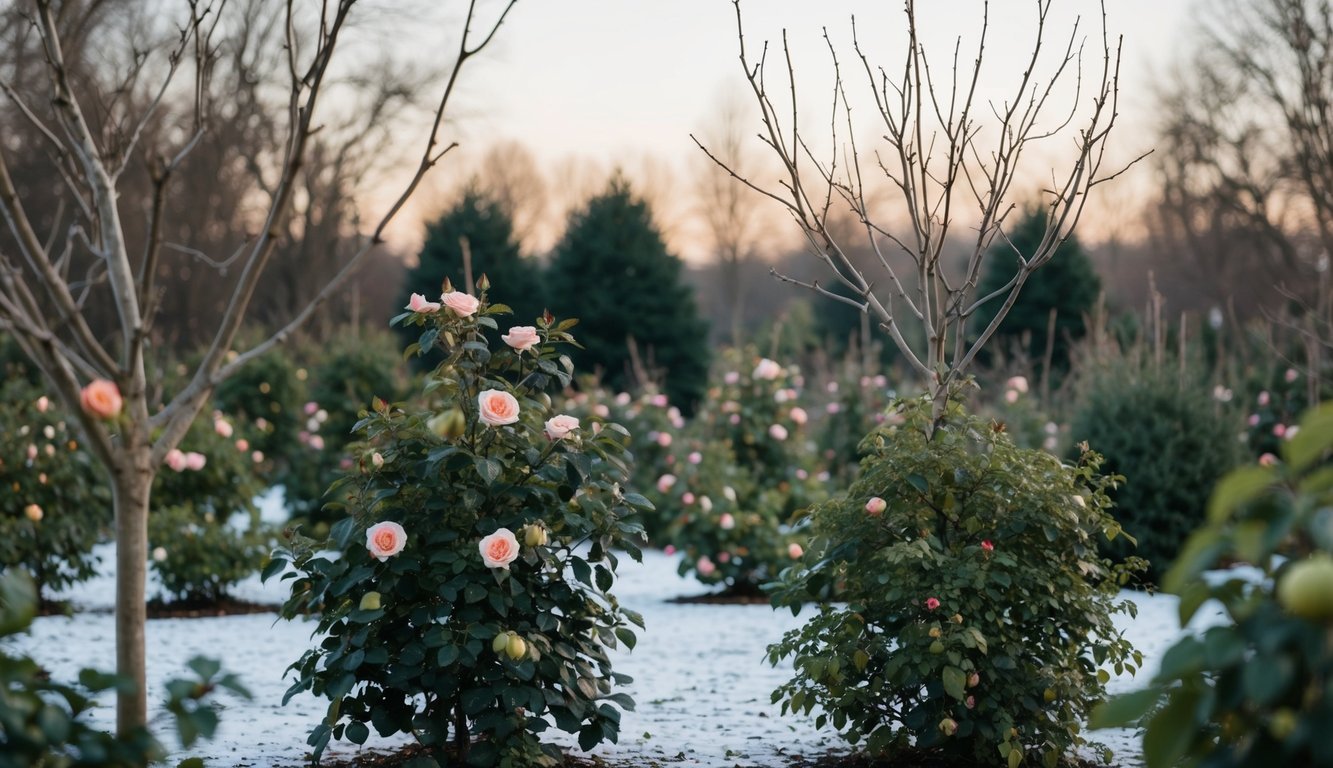
Essential December Pruning
As the gardening season draws to a close, December offers a vital opportunity to tend to certain plants, ensuring their health and aesthetics as winter sets in.
While many gardening tasks may slow down, dedicated pruning this month can help tidy up your landscape and prepare plants for vigorous growth as spring approaches.
Here’s a closer look at some important plants that benefit from December pruning, based on expert advice.
- Apple Trees
After the apple harvest, winter provides an excellent time to prune these trees.
As they slip into dormancy, they experience less stress when cut back.
Focus on removing any dead or crossing branches, allowing the tree to channel its energy into producing fruit for the upcoming growing season.
- Roses
Even in dormancy, roses need some pruning attention.
Trim back any errant canes and discard dead or diseased sections.
However, it’s important to hold off on any major cuts until late winter.
Pruning now prevents the wind from creating a tangled mass of branches, keeping your rose bushes looking tidy.
- Hydrangeas
To foster healthy growth in hydrangeas, timing is everything.
If your hydrangeas bloom on old wood, wait until after they’ve flowered to prune.
On the other hand, those that produce blooms on new growth can benefit from light trimming in December, setting the stage for plentiful flowers come spring.
- Pear Trees
Like their apple counterparts, pear trees thrive when pruned during their dormant phase in December.
This helpful timing reduces stress and aids in promoting healthy growth, especially when you concentrate on thinning out the crown of the tree.
Improved light exposure and air circulation will boost fruit quality and fend off pests and diseases.
- Willow Trees
December is also a suitable month to prune fast-growing willows.
This keeps their shape in check and prevents overcrowding.
Prioritize the removal of broken branches or any that compete with the main stem, ensuring adequate airflow among the branches.
- Grapevines
In areas with milder winter climates, early winter is the best time to prune grapevines.
This practice encourages healthy growth and maximizes fruit yield.
Delaying pruning until after December might lead to sap bleeding from the cuts, which could jeopardize the plant’s health.
Further Pruning Recommendations
- Wisteria
To achieve lush growth and impressive flowering, wisteria deserves biannual pruning.
The first round should occur in mid-summer, followed by a second trim in late fall or winter.
This will keep your wisteria’s appearance in check while encouraging abundant blooms.
- Oak Trees
Pruning oak trees during the winter is wise for health and risk management.
This action significantly lowers the chance of oak wilt caused by certain fungi.
Such proactive care helps maintain the sturdy structure and overall vitality of these majestic trees during the cold months.
- Purple Coneflowers
Although purple coneflowers may seem to retreat into dormancy with their foliage fading, selective pruning can boost their health and enhance the visual interest of your perennial garden.
While it’s not absolutely necessary, a little trimming can make a noticeable difference.
- American Elderberry
The American elderberry shrub is quite resilient and tolerates substantial pruning in winter.
Trimming back the plant not only helps shape it but also encourages a vigorous refresh come spring, leading to abundant blooms and a robust growth cycle.
Conclusion: Preparing for Spring
In conclusion, December presents a wonderful chance to engage in thoughtful pruning that promotes the health and vigor of diverse plants in your garden.
By adhering to these recommendations, you will create a landscape that is well-prepared for the winter months, setting the stage for a flourishing garden as spring arrives.
Source: Marthastewart

